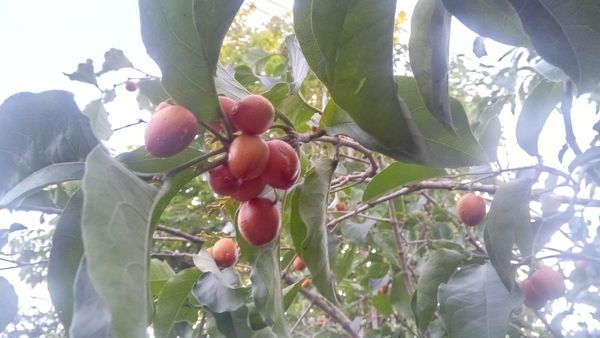
In Cuba, the food sovereignty we aspire to is the ability to produce food in a sustainable manner, so that the population has access to a diverse, balanced, nutritious, safe and healthy diet, without depending on external resources or inputs.
This aspiration is far from being realized, as evidenced by the daily struggle to put food on the family table. The lack of many items, the inadequate availability of others, and the high prices of all are an odyssey of these times.
In this situation, we must ask ourselves the question: Are we using all the food that nature gives us? According to data published by the Food and Agriculture Organization of the United Nations (FAO), of the 400,000 plant species that exist in the world, about 300,000 are edible.
According to the source, humans consume only about 200 of these. According to experts, there is an urgent need to increase the number of cultivable species, especially those that require fewer resources, as very nutritious species have been domesticated but require a lot of fertilizers. They even believe that the new varieties have inferior nutritional systems, but will be more sustainable in the future.
Cuba, with its tropical climate, is rich in plant species and stands out for the endemism of its higher plants. Paradoxically, many of these resources are wasted, and because of the difficulty of this stage, the use of plants that are not part of the country's agro-food culture should be promoted.
Of course, the main reason is that their nutritional values and general properties are unknown. For this reason, they are not cultivated and marketed, even on a small scale. On the contrary, their consumption is limited to the traditional plants of the Cuban diet.
The knowledge of the usefulness of the flora is part of the food education that is also promoted in the national territory. Learning to cultivate and consume them could complete a balanced diet, with an adequate balance of proteins, fats, carbohydrates, vitamins, minerals and water.
The eastern region is the most abundant in these resources, and the province of Las Tunas also has a wide variety of foods in its fields - and even in its cities - that many people do not know about or do not always take advantage of.
Here are some examples that will surely make more than one reader think twice: the tree tomato, which makes an excellent puree for seasoning foods, and the fistula cane, whose pods are used to make a very nutritious drink, rich in vitamins.
There are leafy almond trees in several places, and the seeds are used to make sweets, salads and smoothies. There are also Cuban belly palms (corojo, in Spanish), whose fruits are difficult to process but very tasty. And near the waterways and on the roads you can find the guinda, or Chinese tamarind, as it is called in other parts of the archipelago.
In the area of Las Tunas you can also find the hibiscus flower, the bledo, the purslane, several types of cacti, and the guapén or breadfruit tree with its many uses as a substitute for various foods. The coconut is abundant, and although it is eaten naturally or used in sweets, few extract its exceptional butter.
Compared to traditional crops, these crops do not offer economic guarantees to producers. But their gradual increase is not a crazy idea, because taking advantage of them can help improve the nutrition and economy of many families.





